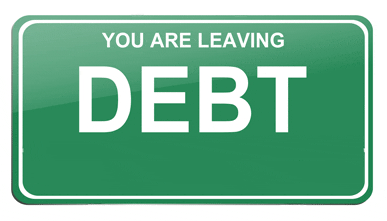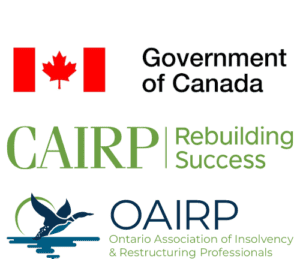A consumer proposal temporarily lowers your credit score, but most people see real improvement much sooner than they expect. The proposal reduces your debt (often by about 70%) and replaces everything with one predictable payment. As your finances stabilize, your credit score naturally begins to rise again because your entire financial picture becomes more manageable.

Let’s fix that credit score!
How Your Credit Score Changes After Filing
When you file a consumer proposal, an R7 rating appears on your credit report. This rating tells lenders that you are repaying a portion of your debt through a government-approved settlement. It is not permanent, and it is far better than an R9 rating, which is used for bankruptcy.
Your score typically drops right away, but improvement begins once your financial foundation becomes stable. With interest frozen and your debt cut to a realistic amount, you stop relying on credit to survive — and this is one of the biggest factors behind score recovery.
When Your Credit Score Starts to Improve
Your credit score often starts rising when your financial habits become consistent again. This usually happens within a few months because your debt stops growing and your balance begins to fall. Most people see improvement when they pay their proposal on time every month, use a secured card responsibly, reduce their credit utilization, avoid missed or late payments, and show steady, predictable financial behaviour.
Because your debt is dramatically reduced — often to around 30% of the original balance — your credit profile becomes healthier almost immediately.
Why Debt Reduction Helps Your Score
One of the strongest credit-scoring factors is your debt-to-income ratio. When you enter a consumer proposal, your debt drops sharply. This alone helps your credit score because you suddenly move from “overextended” to “manageable.” By reducing your debt by about 70%, your credit score has more room to grow, even if the R7 rating is still on your report.
Adding New Credit Helps Your Score Recover
You can rebuild while the proposal is active. Most people start with simple, safe tools like a secured credit card, a small credit-builder loan, on-time payments for everyday bills, maintaining a low balance, and avoiding new debt. These actions help you create new positive history, which offsets the R7 rating much faster than most people expect.
How Long the R7 Rating Lasts
The R7 rating stays on your report for the duration of your proposal plus three additional years after completion. However, most lenders focus on recent behaviour rather than older negative marks. If you show consistent on-time payments, many lenders will work with you long before the R7 disappears.
Most People Rebuild Before the Proposal Ends
People are often surprised when they ask how much their credit score will improve after a consumer proposal. The truth is that steady payments, lower debt, no interest, and new positive routines lead to score growth even while the proposal is still active. Many people see better credit scores just 12 to 18 months into their proposal.
Improvement Comes From Stability
Your score improves because a proposal gives you predictable payments, lower overall debt, less financial stress, no interest, and fewer accounts in arrears. These changes create the exact environment that credit scoring models reward.










